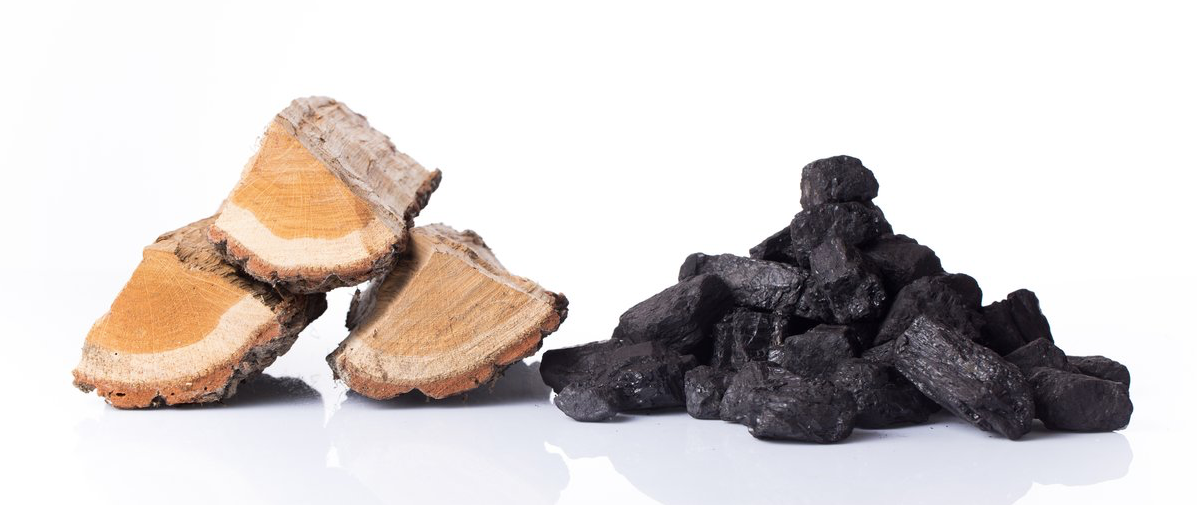
This week the European Parliament (EP) agreed its first reading opinion on the recast of the Renewable Energy Directive (RED II), a central component of the Energy Union ‘Clean Energy for all Europeans’ package and one that will have a significant influence on the sustainable use of biomass for energy in the EU. The agreement now sets the way for the trilogue with the Commission and Council and, if agreed, to a final adoption of the Directive text potentially in late 2018.
MEPs agreed on a binding EU target for 35% of the final consumption of energy in 2030 to come from renewable sources (with associated national targets to be determined), significantly higher than the at least 27% share proposed by the European Commission (EC) in November 2016. Yet, what constitutes renewable remains a point of debate. Two of the ever-controversial elements of the RED II, support for renewable energy in transport (implying support for biofuels) and sustainability criteria for the use of solid biomass for power and biofuels for transport, received much attention. Amendments focussed around what and under which conditions biomass should be considered renewable and sustainable in EU law.
In its 2016 proposal, the Commission had removed a separate requirement for the use of renewable energy in transport [1], following controversy about the level of greenhouse gas emission reductions delivered by biofuels in the transport system and the lack of promotion of electric vehicles. MEPs have proposed to reinsert a target for renewable energy in the transport sector of 12 per cent by 2030. However, following on from controversies around indirect land use change (ILUC) consequences of biofuel use, the Parliament is seeking to remove support for biofuels that are grown on land that is or could otherwise be used for producing food or feed. To this purpose, they have put the emphasis on the use of waste and residues, rather than purpose grown crops, and require that dedicated energy crops are confined to marginal land not used for food production. These requirements are set out in the definitions of advanced biofuels and the associated sustainability criteria that accompany them. For IEEP’s thinking on the future needs and configurations of sustainability criteria and advanced biofuels needs, please see our work as part of the Biofrontiers platform.
The Commission proposals had, for the first time, included proposed sustainability criteria for solid biomass used for energy. Within amendments to the proposed criteria, MEPs have again favoured the use of waste and residual woody biomass for energy and that the material use of wood should be promoted over energy use where it has greater carbon benefit. This move is an attempt to put RED II more in line with the aims and ambitions of the Circular Economy package and improve the resource efficient use of biomass for energy.
Whilst the focus on the use of waste and residues is a welcome move, the devil is in the (considerable) detail set out in the adopted text. The use of biomass waste and residues has obvious benefits but comes with its own set of constraints and challenges both in terms of availability, competing uses, oversight, definitions and quality. It remains to be seen how the text that could be adopted by Commission, Parliament and Council, following the next phase of negotiations, seeks to resolve these issues.
In parallel to the RED II debate, the adoptions of the Effort Sharing Regulation and Land Use, Land Use Change and Forestry (LULCUF) Regulation are nearing completion and will further influence the role of biomass and that of the agriculture and forestry sectors in supporting the delivery of EU climate and energy ambitions. What is clear is that the use of biomass for energy can no longer be considered in isolation to its use as a material base to feed the bioeconomy or from the wider management of forest and land. The importance of circularity and efficiency in the use of bioresources and the interconnectivity of production, use and demand are examined by IEEP’s Catherine Bowyer.
For more information on our work in this area, please contact Catherine Bowyer or Ben Allen.
[1] The current Renewable Energy Directive sets a target of 10 per cent of transport fuels from renewable resources by 2020.
Author
Ben Allen
Source
Institute for European Environmental Policy, press release, 2019-01-18.
Supplier
European Commission
European Council
European Parliament
Institute for European Environmental Policy (IEEP)
Share
Renewable Carbon News – Daily Newsletter
Subscribe to our daily email newsletter – the world's leading newsletter on renewable materials and chemicals













